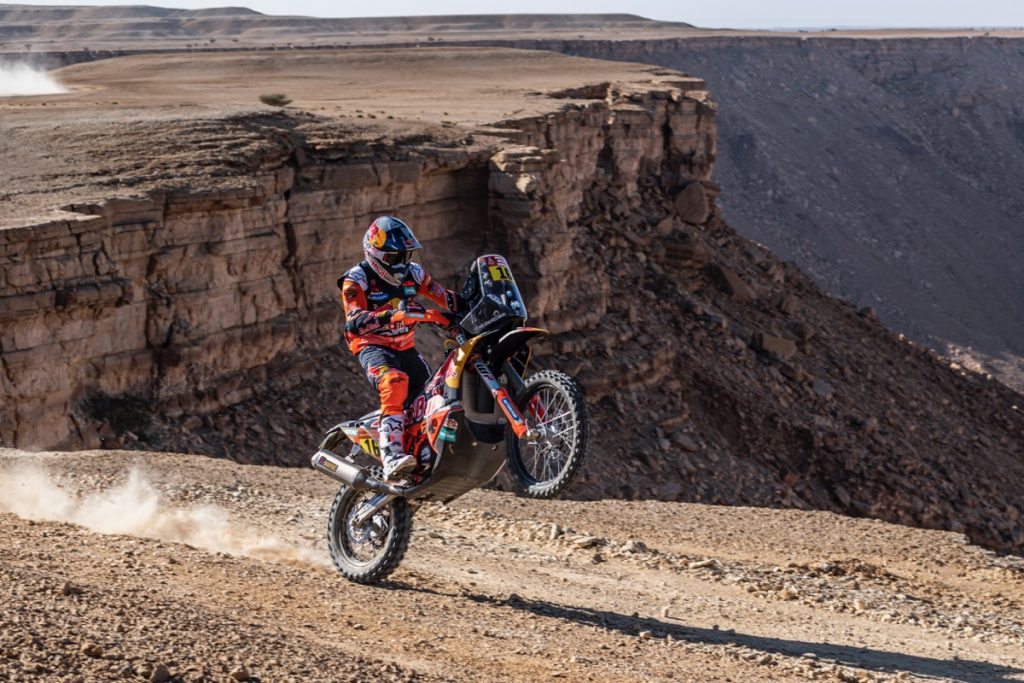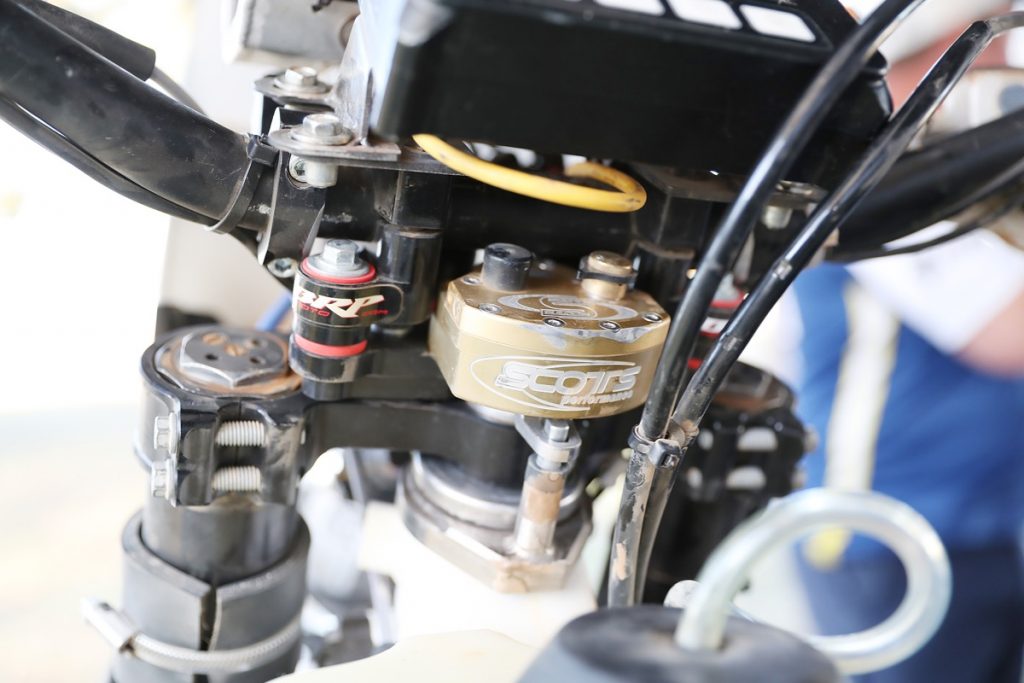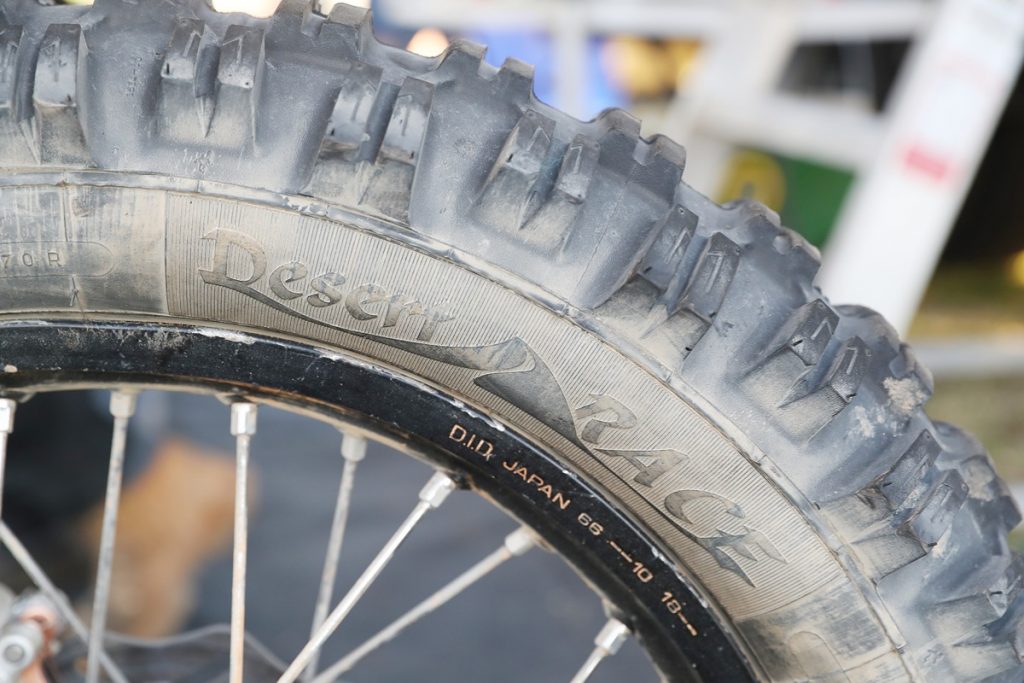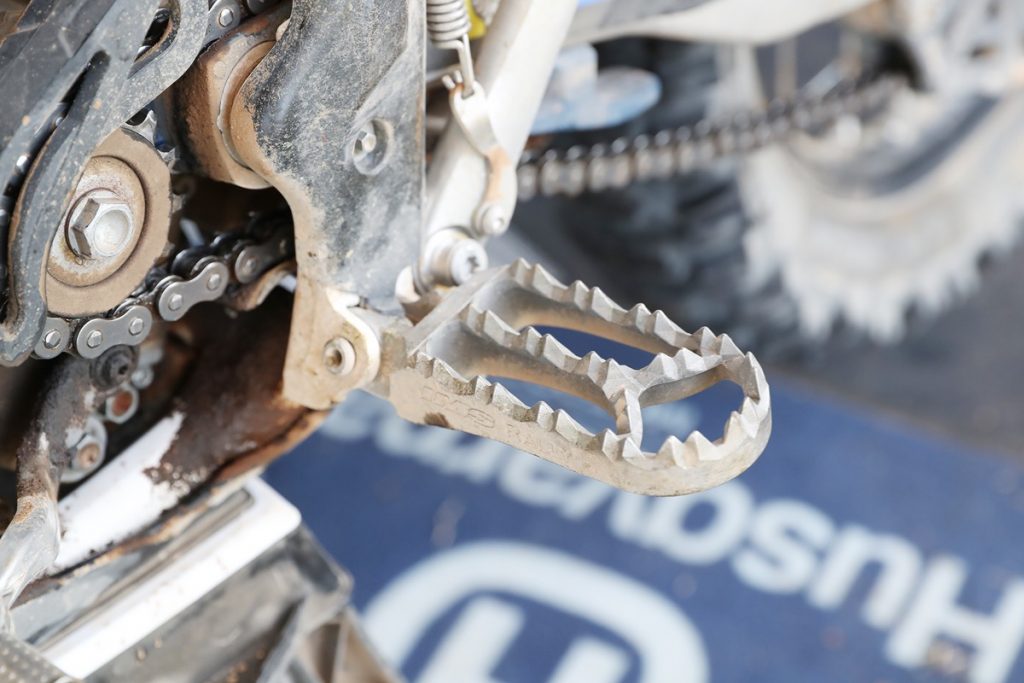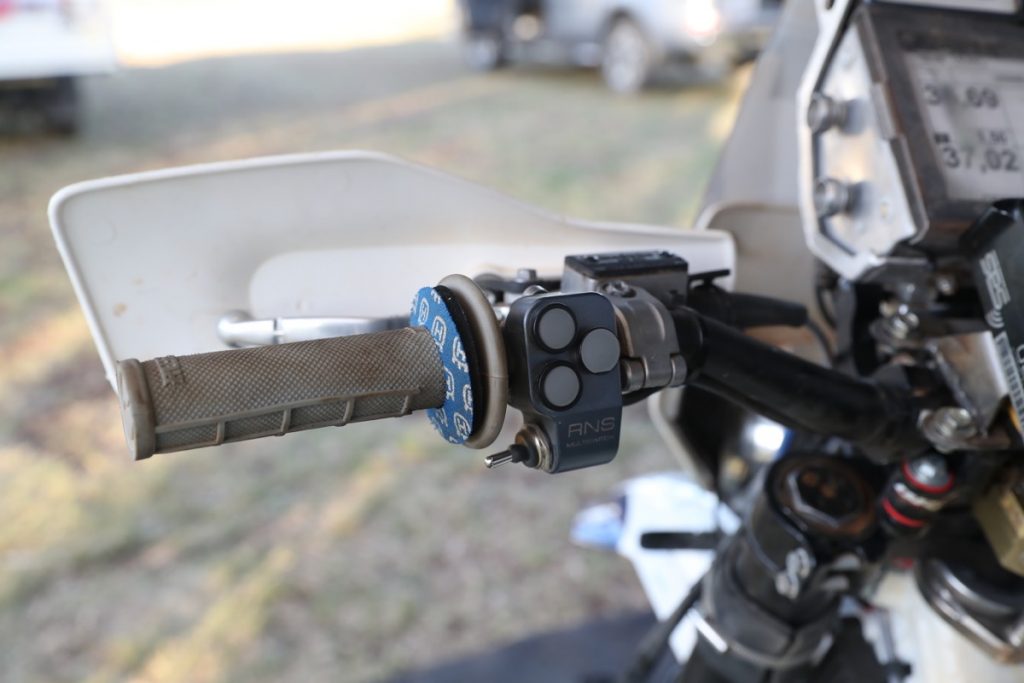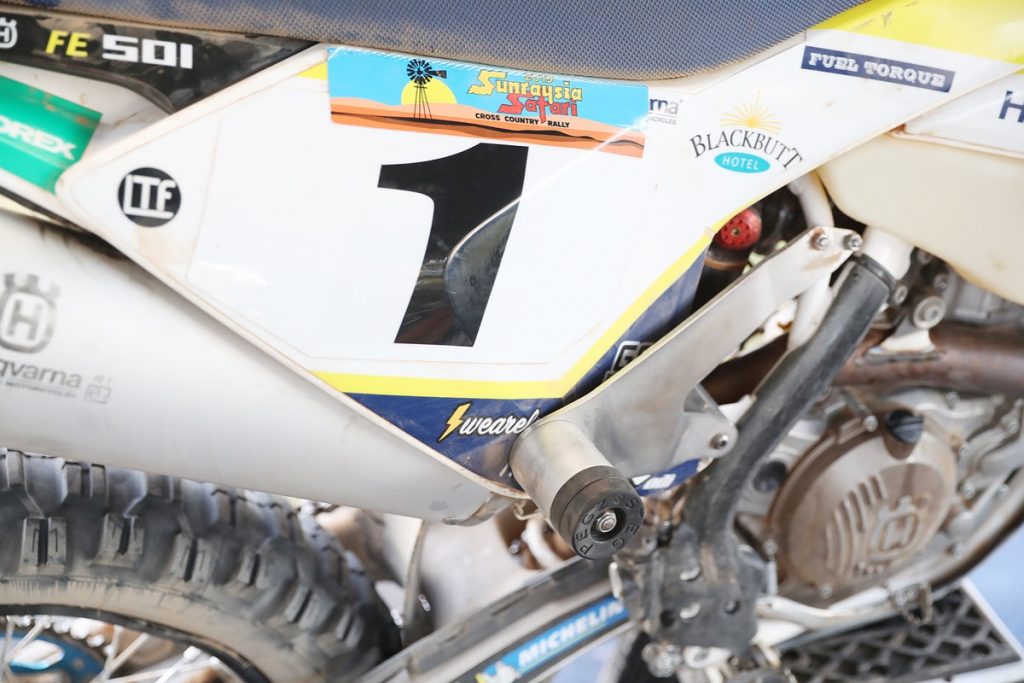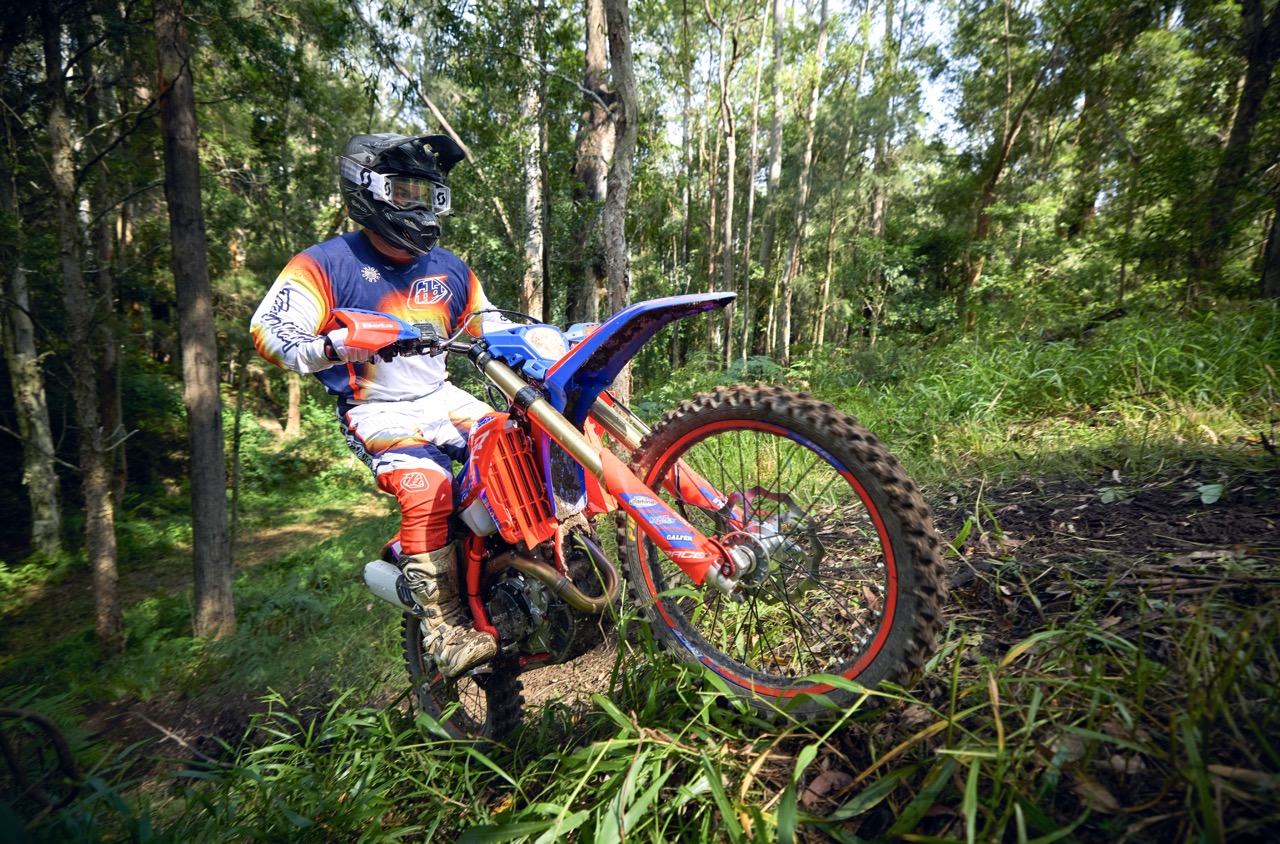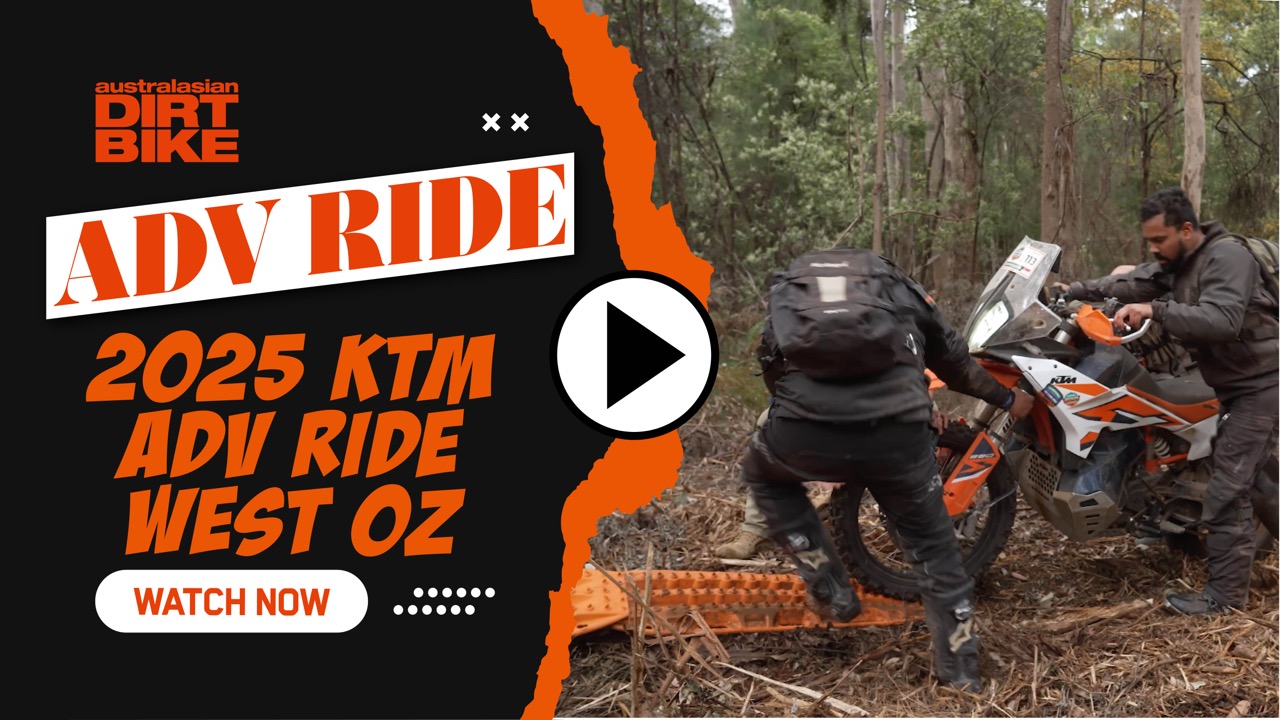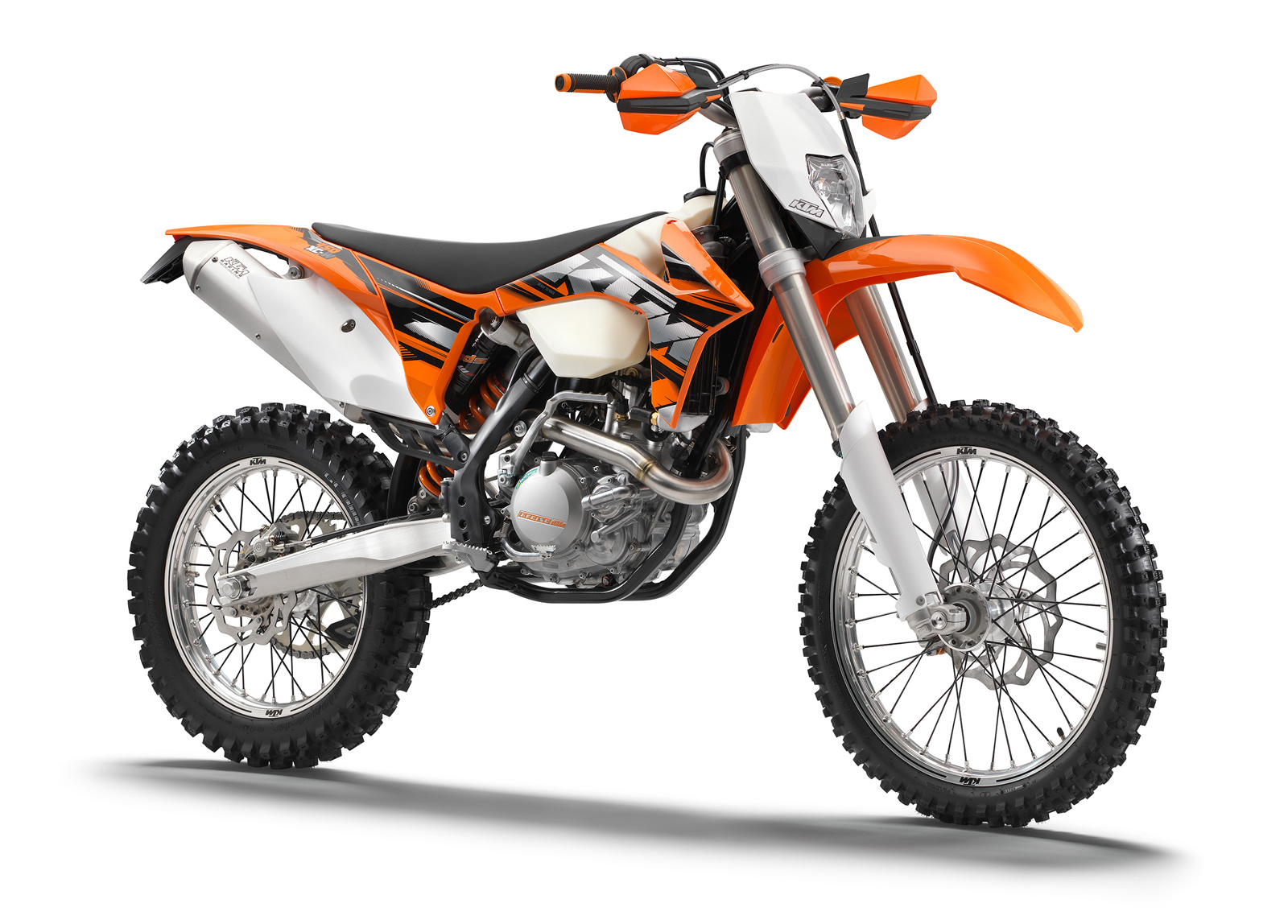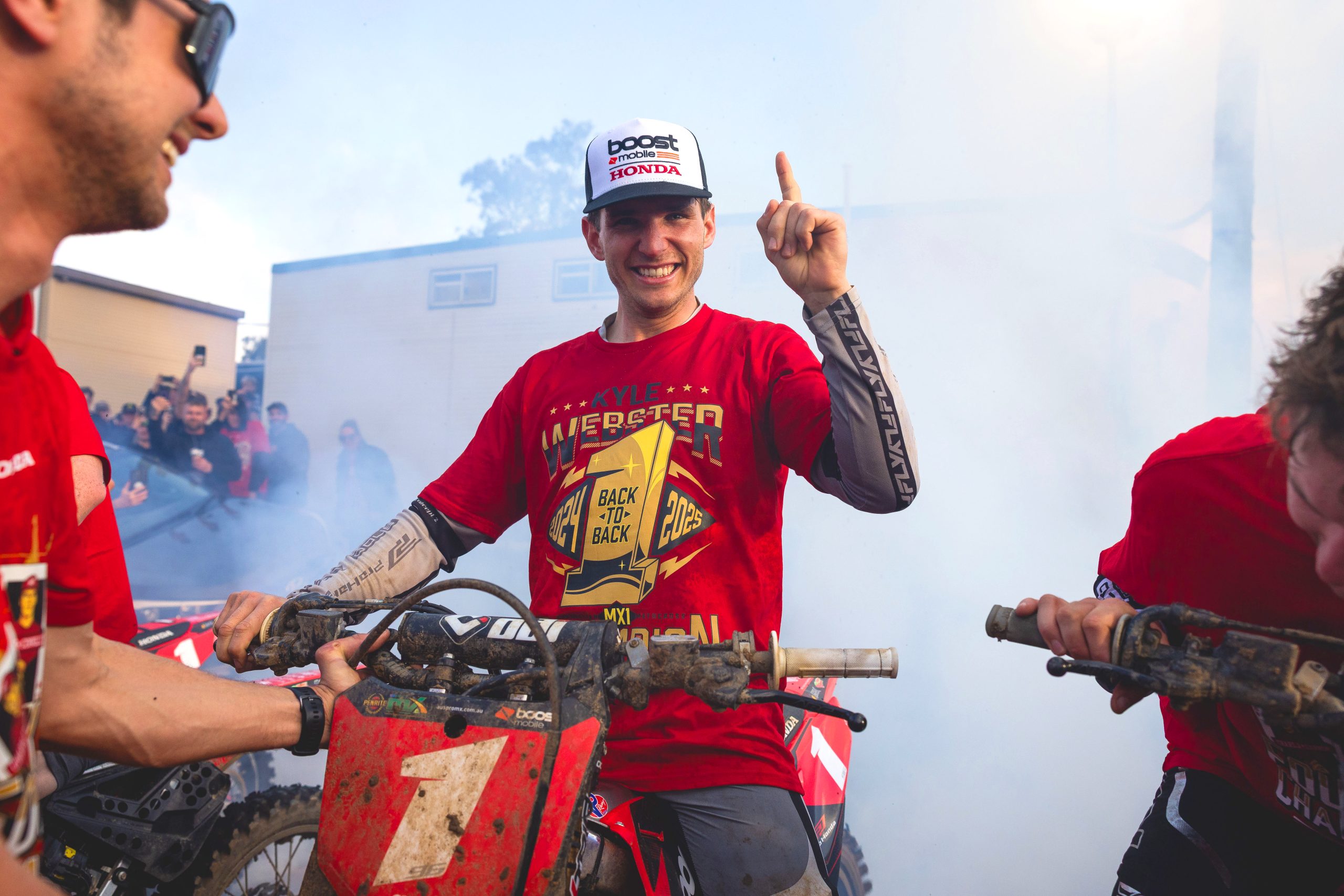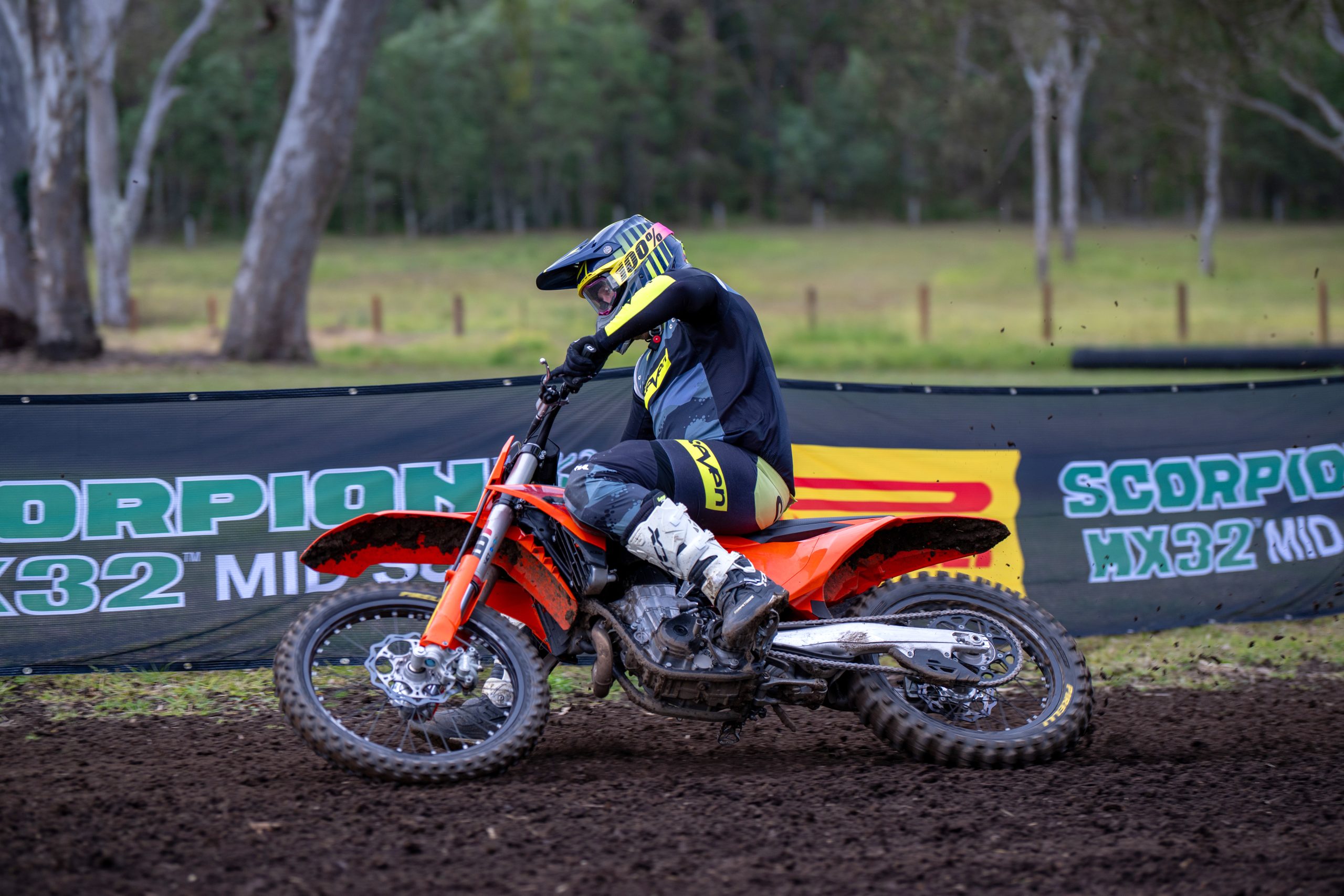WORDS & PHOTOS // MAX SULLIVAN & KTM Meida/RALLY ZONE
The coronavirus has knocked the wind out of the Cross-Country Rallies World Championship and, domestically, has forced the cancellation of the Condo 750. But there’s still a good chance that September’s Sunraysia Safari will go ahead.
If you’re dreaming of doing Dakar after it becomes a round of the world title next year, then the Sunraysia rally, based in Wentworth, Vic, is a good place to start. The good news is that while a Dakar effort will cost $100,000 or more, after you’ve done a few rallies to prove you’re not a complete idiot, the Sunraysia lets you dip your toe in the water on a limited budget.
Most cross-country rallies will accept 450cc bikes with an unregistered vehicle permit, but a registered enduro machine is a good place to start. Being registered means you already have lights, plus an electrical package capable of running the Rally Safe monitoring system (the FIM uses Iritrack) and a roadbook holder. You are also able to practice legally in places like the Simpson Desert.

If your bike’s odometer is not easy to read or adjustable for errors, a pushbike speedo can be used but be careful with wireless units as some can be affected by the bike’s ignition system. There are also a number of aftermarket speedo options out there, so do some research.
An electric roadbook holder (map roller) does make life a lot easier, giving you the ability to scroll the instructions forwards and backwards at the push of a button without letting go of the handlebar. However, these can be expensive. If you are entering the rally for fun, then an inexpensive way to keep your scrolls in order is a plastic lunchbox.
A couple of pieces of dowel or rod through the box, with knobs on the end of the dowels, will allow you to roll your map on by hand. If you get ultra-tricky, you can add a “remote” tube such as the one in our image to keep your hand closer to the grip.
Rally Safe tracking devices are now used at navigation events in Australia. You need to purchase the wiring harness and brackets from Rally Safe, but the unit itself is leased for each event, just as the Iritracks are for the world title. Make sure you disconnect the power at night to stop the Rally Safe from flattening your bike’s battery. If you are parked under cover, the current draw goes up as the unit will continue searching in vain for satellites through the roof you’ve parked it under.
Mousse tubes are perfect for rally racing but are cost prohibitive for the average rider. Heavy-duty tubes, or ultra-heavy-duty ones, should keep you out of trouble on most occasions. Combined with a good desert tyre, ultra-heavy-duty tubes will help hold things together even if you have a flat. You are more likely to be able to ride out of the stage after a puncture with these tubes. If you carry a spare tube, just take the stock one. Less weight and easier to carry. Just make sure you fit a new heavy-duty tube for the next day.
The fuel range required for cross-country rallies is always out of reach of the standard tank. These days there are plenty of options for carrying additional fuel. Rear tanks can be one way of finding that extra range without replacing your standard tank. Domestically, check out Safari or Nomad Tanks to see what options are available for your bike. It might be an unavoidable expense, but a long-range fuel tank is also great for adventure and trailriding. There are usually plenty of second-hand options around too so keep that in mind.
We’re using Jacob Smith’s 2019 Condo 750 and Sunraysia Safari Rally-winning bike to show you what’s involved. The reliable Husqvarna FE501, and KTM’s 500EXC-F sister bike, are well suited to the high speeds required for multi-day events although they’re not legal for the world title, where the capacity limit is 450cc.
All of the modifications the “Little Wizard” uses are off the shelf and not just available to factory teams:
MD MAP ROLLER Navigation rallies involve racing along dirt tracks which are marked on a scroll, or “roadbook”. Instructions on the scroll include cumulative kilometres, intermediate kilometres and a tulip showing a diagram of the turn or landmark. The MD map roller is electric, enabling the rider to scroll forward or backward via a remote switch next to the left handgrip.
RNS ODOMETER The large display shows speed, cumulative kilometres and intermediate kilometres. The unit is adjustable to suit different wheel/tyre sizes and can be adjusted on the fly, via another remote switch, to adjust your odometer reading if a turn has been missed and you have to back track. Some riders choose to run two odometers with separate cables in case of a failure. The odometer is crucial for navigation.
RALLY SAFE GPS This Australia-made set up is relatively new to cross-country rallies but has been in the car rally scene for years. It monitors each competitor’s location, speed and distance along the route. Officials are able to communicate with riders using an SMS feature. This can be valuable if a bike suddenly stops. If there is no SMS response from the rider, medical help can be sent directly to the GPS co-ordinates of the vehicle. Race fans can “live view” the position of competitors in the race via the Rally Safe app.
IMS 17-LITRE TANK Rallies consist of special stages (raced and timed) as well as liaisons (“transports”). Although there are refuels during the day in many events, bikes often have to race for up to 250km. Smith uses a smaller tank (pictured above) for events like Condo.
SCOTTS STEERING DAMPER The TE501 is stable at speed in standard form, but once you add the navigation gear, speeds in excess of 170kmh and unknown terrain, it’s good insurance to fit a steering damper. Rocks, stumps and wash outs can send the front-end flying at any time. Navigating means your eyes are not always on the track ahead, so obstacles can catch out even the best riders. A steering damper can help keep that front-end under control when the unexpected happens.
BRP RISER KIT Hitting square-edged bumps, 500km-plus days and rough terrain take their toll on your arms. The BRP riser kit has Sarlink bushings to help absorb bumps, reduce vibration and in turn, decrease rider fatigue. Two different bushings are available for fine tuning to your requirements and the steering damper is mounted on the base plate. The kit raises the handlebar 23mm, which is great for rally riding with a nav. tower.
IMS RALLY FOOTPEGS A typical rally day starts before sunrise. If you are lucky, you are back at the bivouac by mid-afternoon. If you get lost or have trouble, you might not be back until after sunset. Stock footpegs are good for shorter rides but wide, aftermarket ’pegs give better foot support, which leads to more comfort and less fatigue. On multi-day events, managing rider fatigue is key to performing at your best.
MICHELIN DESERT TYRES Standard off-road or motocross tyres just won’t cut it in the harsh environment of desert and rally racing. A tyre needs to offer grip, have firm sidewalls and be able to perform in every type of terrain from sand, to rocks and even mud. High speeds are a torture test for the centre knobs, as is the liaison sections which are often on bitumen. Jacob runs a Michelin Desert Race rear, with a Michelin Starcross medium front. Tyres are sometimes hand grooved or drilled to assist with grip and cooling.
MOUSSE TUBES Rallies traverse vast and varying landscapes so the chance of punctures is high. You can run ultra-heavy-duty tubes which minimise impact punctures but this will mean you still need a back-up in the way of a spare tube. Farm tracks are often used in rally, which means lots of old fencing wire laying around ready to poke a hole in your tube. Jacob runs Michelin Bib Mousse tubes front and rear to eliminate punctures and this saves him having to carry tyre levers or tubes.
WP CONE VALVE FORK The added weight from the nav. tower, GPS and big fuel tank is always going to mean an upgrade to the front suspension. The TE501 works really well with a 48mm WP Cone Valve fork, which soaks up the hits and handles the unexpected impacts with ease. Some fine tuning to suit Jacob’s riding style is done by Stephen Greenfield at GDR Suspension.
WP TRAX SHOCK Although the standard rear suspension works fine for most riders, Smith runs a WP Trax shock, which is better equipped to handle the prolonged high speed and additional weight associated with rally racing. The increased adjustability for high- and low-speed damping enables him to fine tune the suspension to suit his riding style and the terrain.
STEG PEGZ Another great Aussie invention for high-speed desert riding, although they don’t seem to be used in the world championship much. The rubber extensions protrude out behind the rider’s legs. This allows the rider to control the bike using his legs, not just his arms. Smith runs a custom alloy spacer for more support behind his boots.
Next Level
If you’ve been doing great lately selling toilet paper, you might want to tackle the Sunraysia Safari on a purpose-built KTM 450RR or Husky FR450 rally bike. At around $50k these machines are available to the public but you have to get your order in well in advance.
They’re not so common for domestic competition because our events don’t need the huge fuel tanks, complex electrics and the weight that goes with it, but some riders do use the Sunraysia as a test run. Trevor Wilson raced a KTM 450RR in that event in 2017 (above) before finally scraping up the cash for Dakar this year on a Husky FR450 running in the Original by Motul class.
These bikes are built at the factory for rallies so there is virtually no setting up to do. KTM offers support to riders during the Dakar, albeit at a price. Having a purpose-built bike, with spare parts available in the desert with the tap of a credit card, meant Trevor could spend less time on maintenance and more time on managing fatigue. He pushed through barriers and made the chequered flag in 76th overall and 17th in the Originals class.

